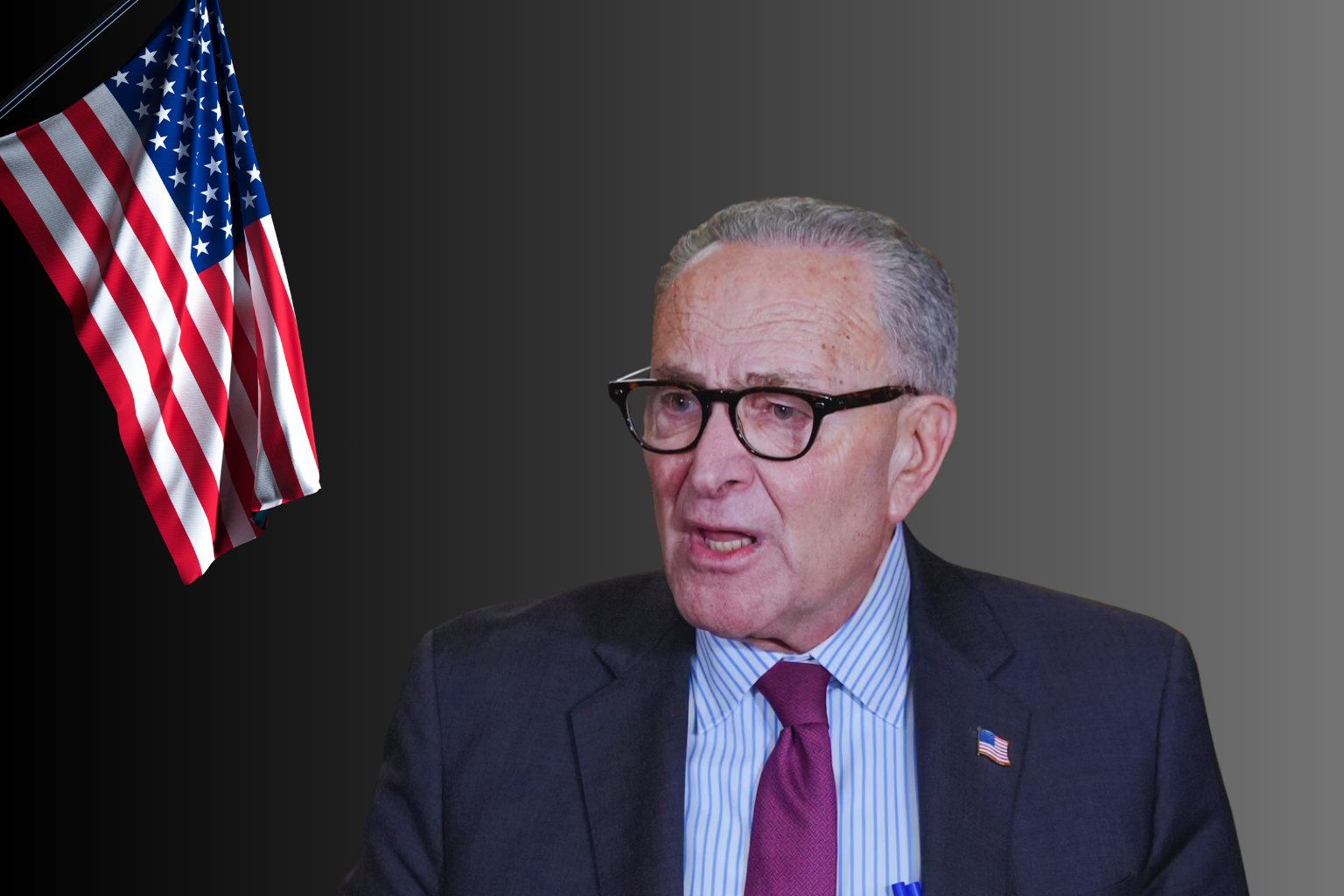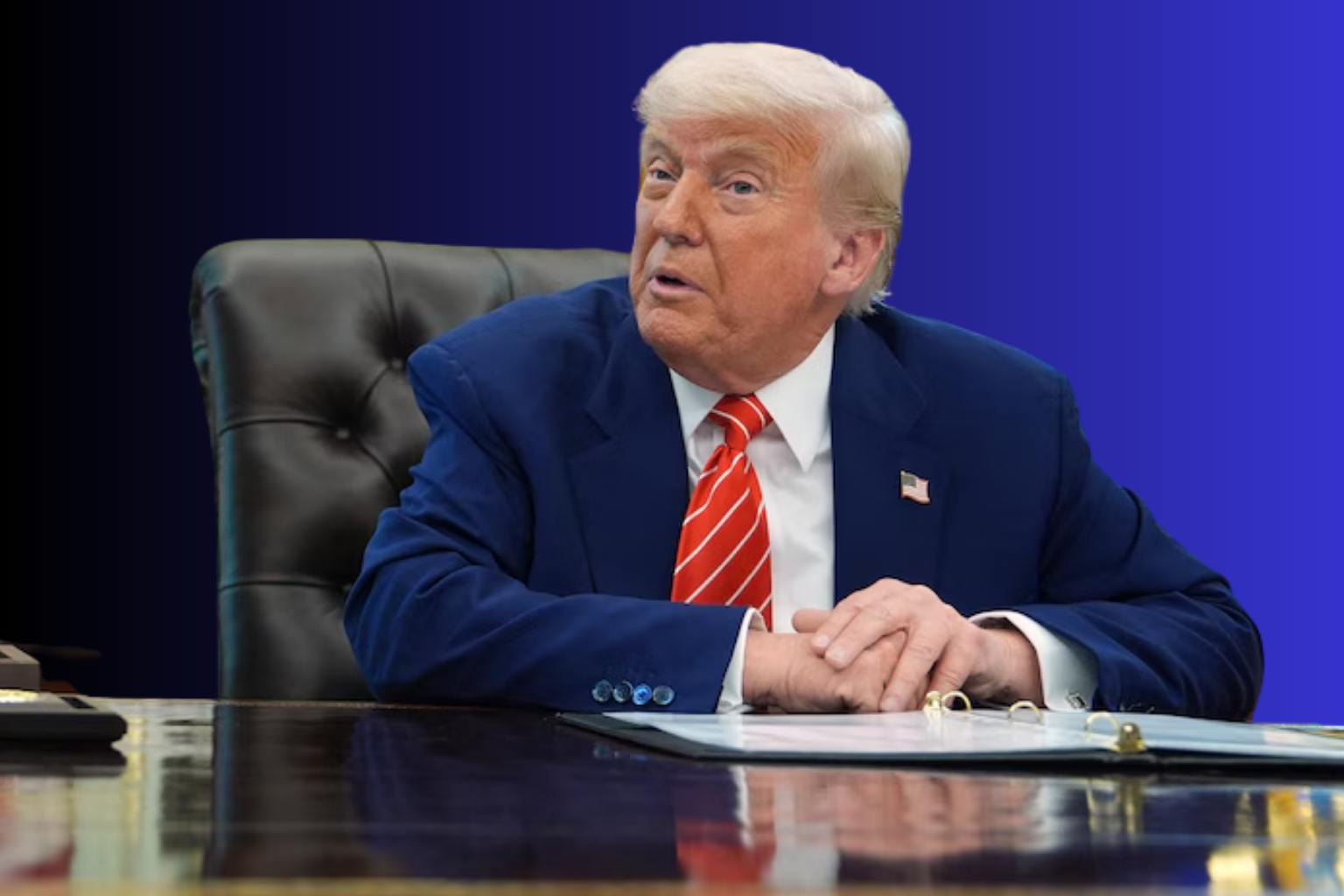New White House Ballroom Project Triggers Bipartisan Outcry Over East Wing Tear-Down

The White House’s latest restoration plan involves demolishing the East Wing to make room for a vast new ballroom, sparking criticism. President Donald Trump’s proposal has aroused worries among preservationists, lawmakers, and residents about transparency, heritage, and taxpayer supervision.
Multiple accounts claim that East Wing demolition began early and without funds or authorization. The building housed first ladies’ offices and was open for White House tours. Its dismantling marks one of the presidential residence’s biggest changes since its mid-20th-century enlargement.
The new ballroom is expected to be 90,000 square feet and cost $300 million, up from $200 million. Although financial disclosure is unavailable, the Trump administration maintains the cash will come from private sources.
Press Secretary Karoline Leavitt was asked if further refurbishment projects were underway during a recent press briefing. She repeated that the ballroom is the “main priority” at this time, prompting Democrats to criticize her for ignoring national matters.
Chuck Schumer and other Democratic leaders criticized the initiative and tone on social media, with several White House rapid-response posts swapping personal jabs. The argument raised questions about the administration’s communication strategy and highlighted deeper partisan splits over the renovation.
Historic preservation groups have raised concerns beyond partisanship. The National Trust for Historic Preservation advised delaying demolition until formal assessment since the new development will overshadow the White House’s classical architecture and change a national emblem.
The White House claims the deconstruction and rebuild are necessary to provide a large events area that prior presidents wanted. Proponents say the project is just renovation. The Trump team says the main mansion will stay and the ballroom will connect via a glass bridge, but design and financial specifics are unknown.
The project is controversial because federal agency shutdowns and limited monitoring are occurring during development and deconstruction. This raises concerns about bypassing regulatory and public review systems.
Public opinion is divided. Polling reveals a small majority of Americans oppose the East Wing demolition, raising concerns that the reconstruction may put spectacle over care of a national treasure.
As the project progresses, finance transparency, cultural protection, oversight, and whether this enormous development meets public priorities are major challenges. The White House is under pressure to explain why a national landmark is undergoing extensive structural changes, how much taxpayers will pay, and the long-term implications on an iconic site.
Sources
Associated Press
Reuters
Washington Post




